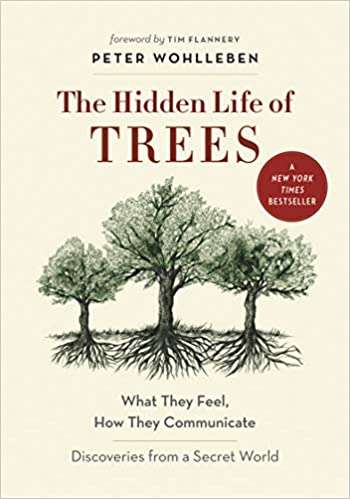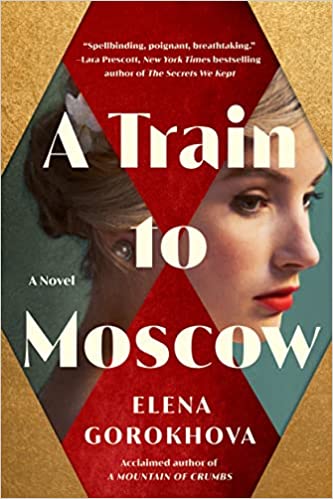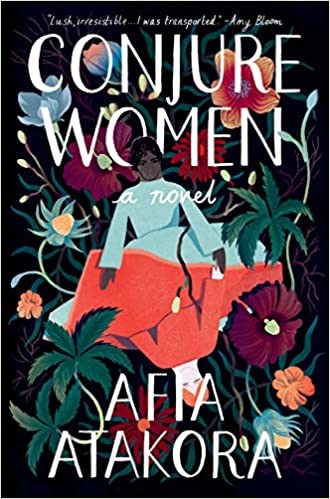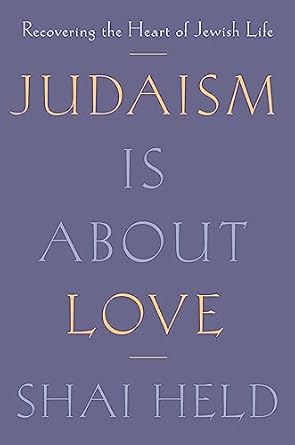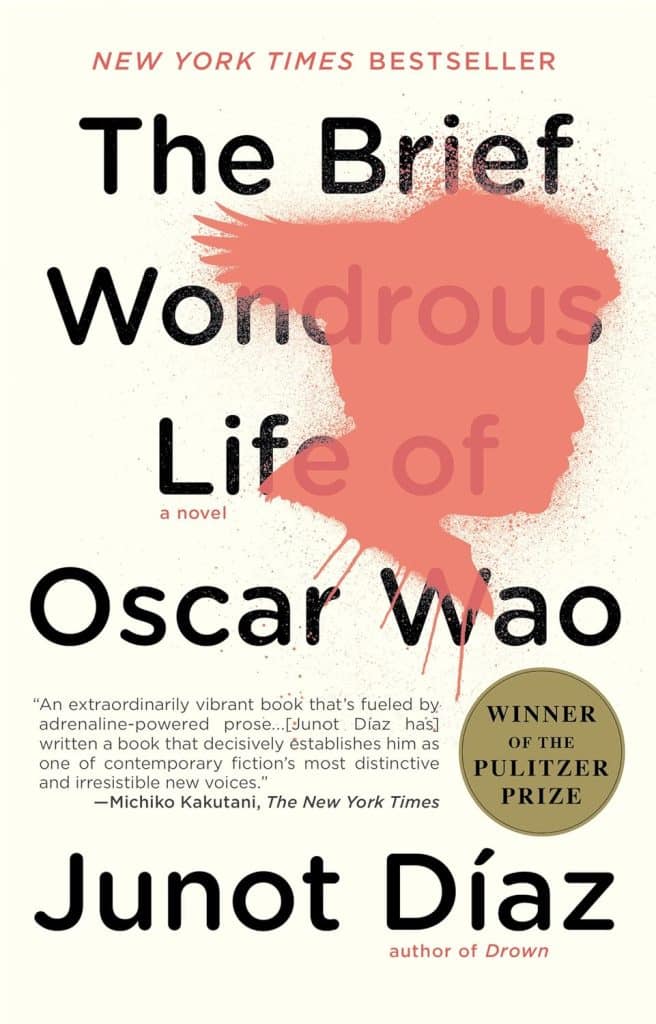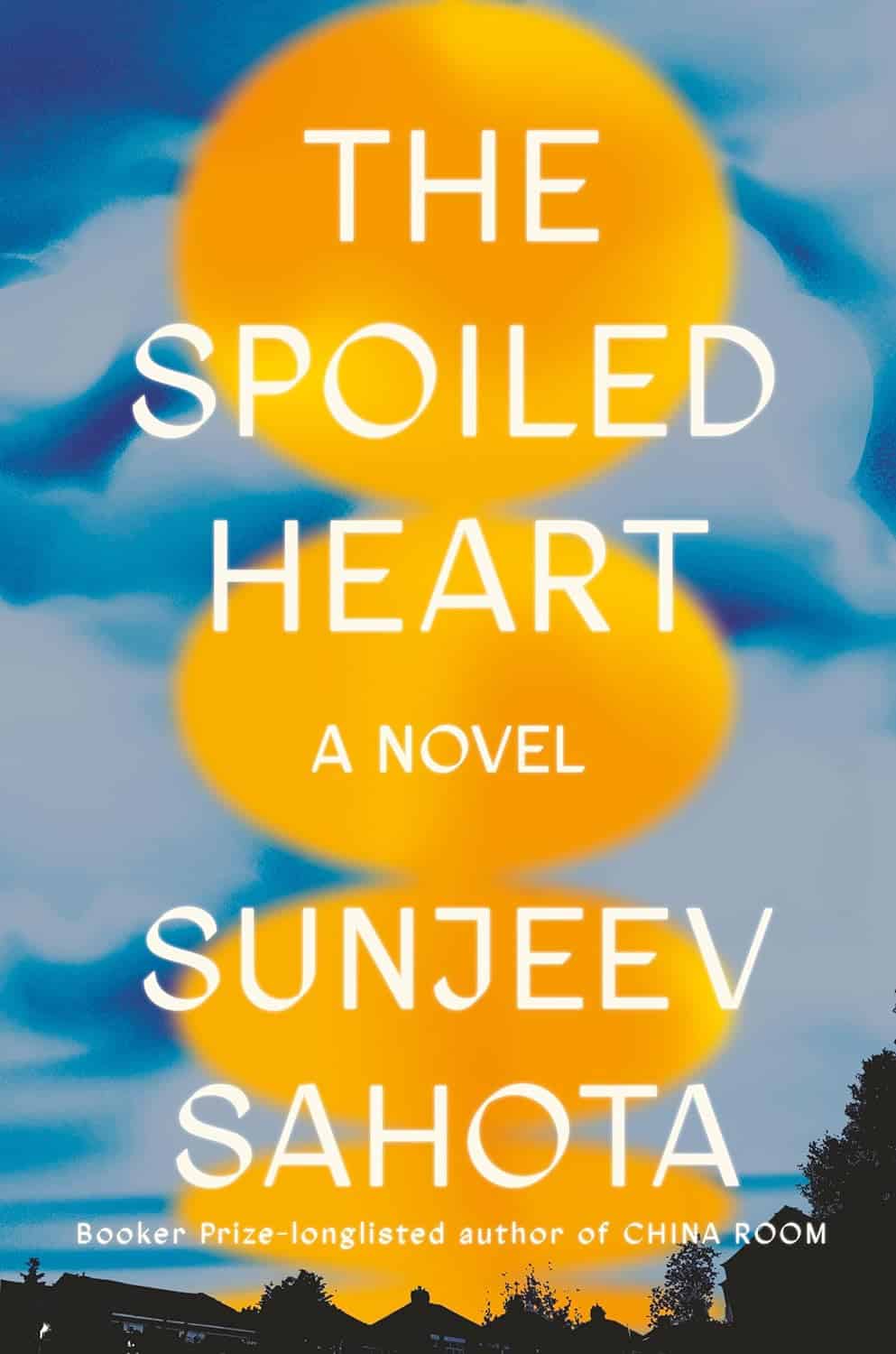
The Spoiled Heart: A Novel
Estimated reading time: 1 minute, 31 secondsToday, I started reading The Spoiled Heart: A Novel by Sunjeev Sahota. Nayan Olak has been seeing Helen Fletcher around town. She has returned to live in the run-down house at the end of the lane with her teenage son. Though she seems guarded, Nayan cannot help but be drawn to her. He has not risked love since losing his young family in a terrible accident twenty years ago.
After Nayan’s tragedy, his labor union, a pillar of his community, became his refuge and purpose. It was his way of striving for a better and fairer world. Now, Nayan wants to become the leader of the union, a decision that sets the stage for a gripping conflict. His opponent, Megha, a newcomer, is a more formidable challenger than he could have anticipated. Nayan is now in a battle that could redefine his life and community. The differences between Nayan and Megha escalate and threaten the ideals he holds dear. He finds solace in his growing bond with Helen. Unbeknownst to him, their connection is not just a product of their present circumstances but a thread that weaves through their lives, holding secrets that could shatter them. The suspense builds, leaving the readers on the edge of their seats and eager to uncover the truth.
In one sense, The Spoiled Heart is a tragedy in the classic mold, tracing one man’s seemingly inevitable fall. However, it is also an explosively contemporary story of how a few words or a single action, which may appear careless to one person, can be charged for another, triggering a cascade of unimaginable consequences. It is a blazing achievement from one of Britain’s foremost living writers, a vivid and multilayered exploration of the mysteries of the heart, how community is forged and broken, and the shattering impact of secrets and assumptions alike.


